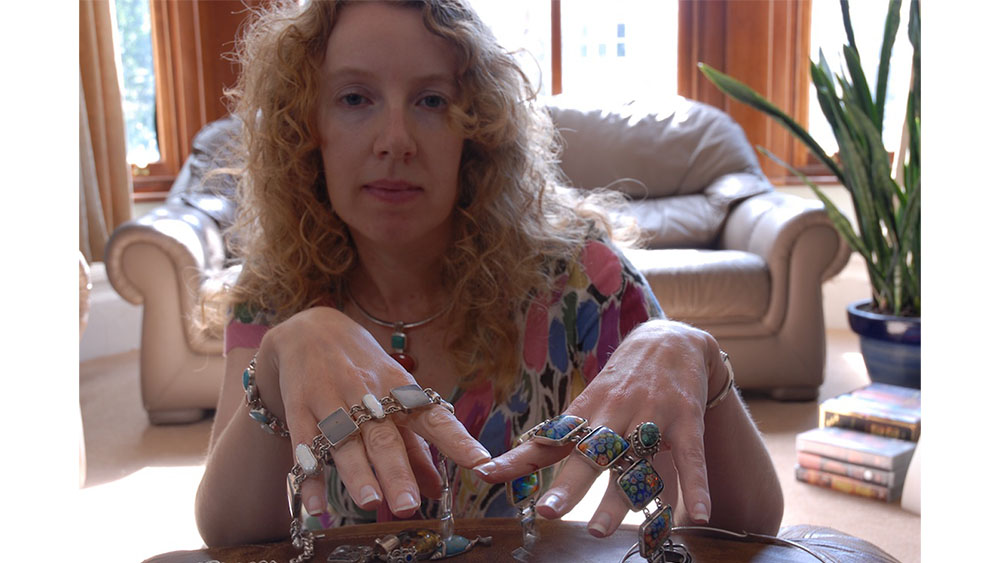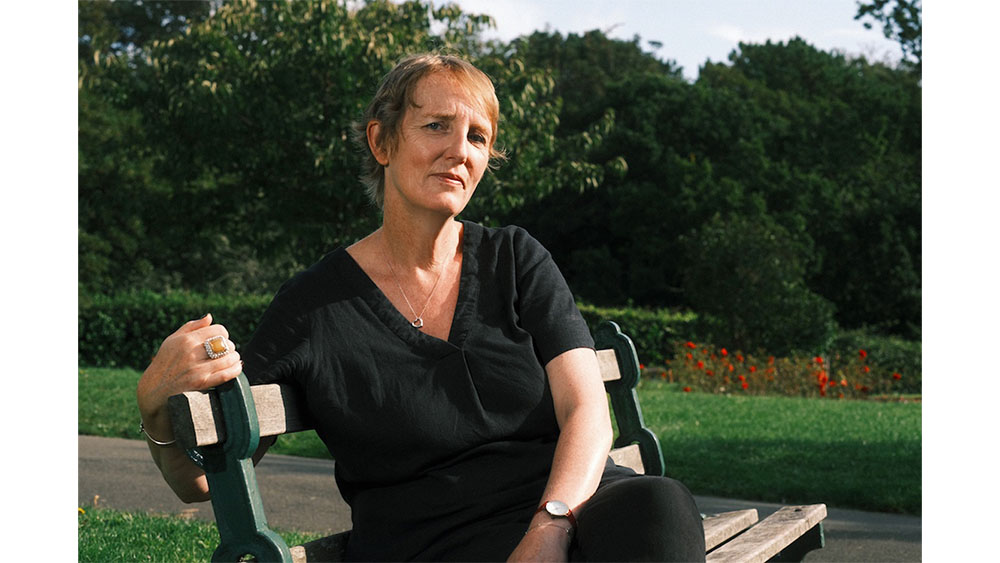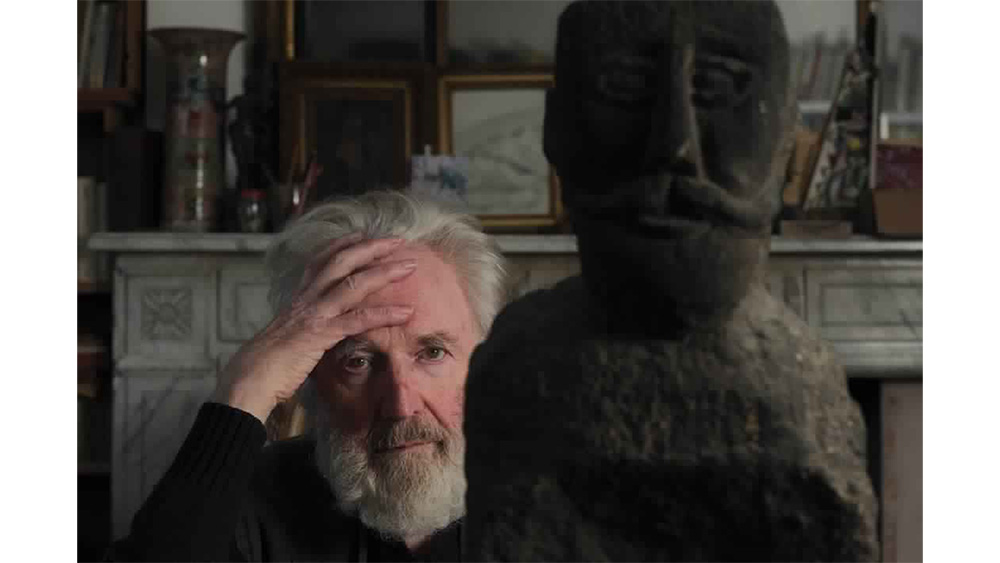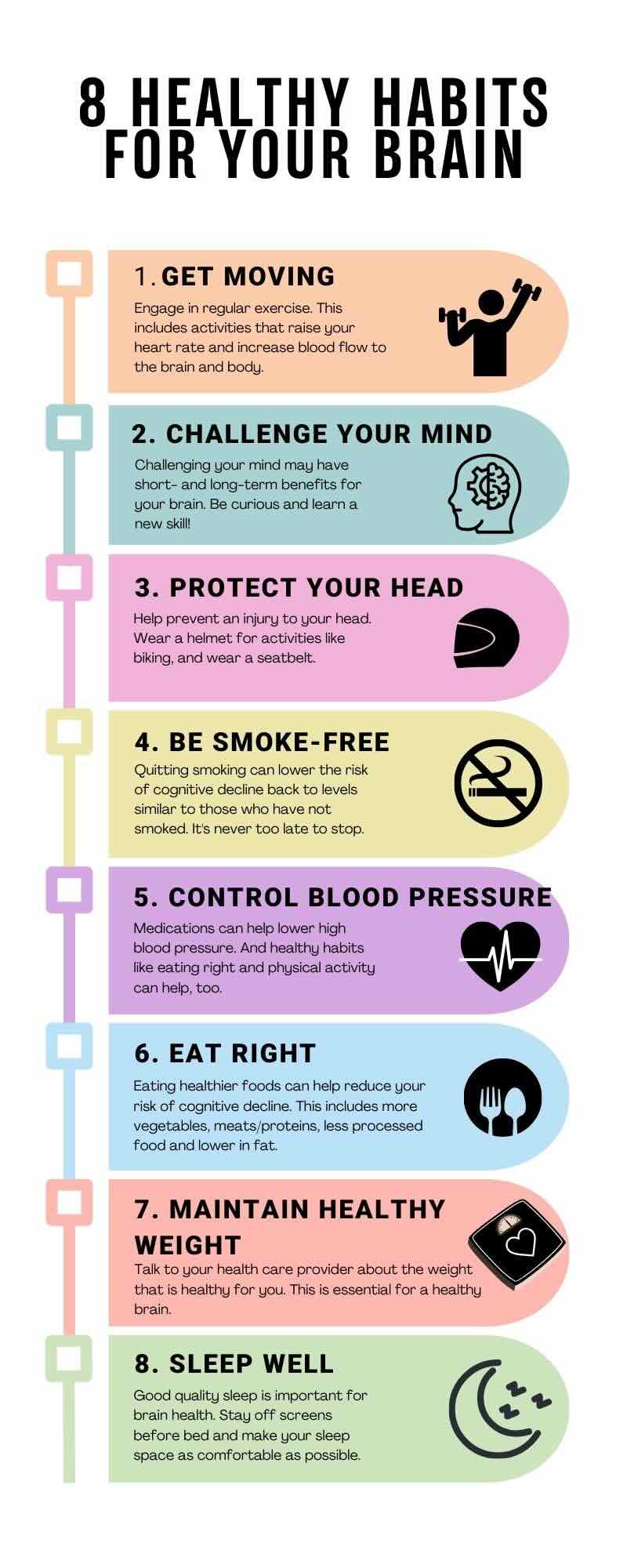To raise brain awareness, this Brain Awareness Week, photographer David Sinden’s showcases “After?” exhibition at Pedal Power Cafe. What’s the story behind the photos?

In 2002, David Sinden, when he was taking his son to school, suddenly got along the sea front and thought something is wrong. From then on, David shares an extraordinary experience, although he ends up not able to go back to work.
David used to run a big gallery in the northeast of England for a long while, then got into computer art in London and Brighton for years. Despite being unable to return to his former occupation, he used his camera to document the lives of his friends after their recovery. “After?” exhibition is the first project he did after injury. But he hasn’t done his own portrait yet, and what he was doing is photographing everyone else.
“Any brain injury is a terrible thing to happen. It’s not fun, but in some ways people can grow because of dealing with a terrible experience,” David said. “People can absolutely have full lives after a brain injury.”

David faced a number of challenging symptoms. “In my case, not only did I have blood squirting in my brain, it also squirted into my eyeballs. So I’m still not sure if I could see or not, because my memory was so bad at first.”
When he came out of hospital, he decided to share his story and initiated the “After?” project, capturing the moments of people’s lives post-illness.
Even though most people initially responded to the idea of photography with reluctance, it wasn’t until David persuaded one of his friends to participate in that attituded began to shift.
“What I did realize is that she told everyone that it was the best thing that she’s done. So suddenly everyone wanted their portrait. And it was interesting because a similar thing happened more recently as well,” David said.

“With all the photographs, I ask people where they want to be photographed.” David kindly explained, “For example, my friend Camilla wanted to be photographed on her stairs.”
“Because that is where she had her brain injury. In her case, it was a burst blood vessel, if I recall. But she remembers waking up and this soft toy was really important to her. After she had surgery, she carried it everywhere. So she wanted to be photographed with this soft toy.”

Sian was originally a chemist, and she got caught in a fire when she was studying. As a result, she suffered brain damage from loss of oxygen.
Though she could no longer return to her role as a chemist, her passion for arts flourished. Sian found fulfillment in the world of arts and even worked at a high-end Oxfam shop. Presently, she has taken up collecting jewelry, a pursuit she takes great pride in.

David shared a remarkable story of the encounter with one of a friend named Lynnette, highlighting the depth of their connection.
One day, David and Sian visited a store with sewing materials in Cardiff market together. Based on the way Lynnette spoke, David supposed she had a brain injury and sought confirmation from her.
“What happened was I said to her, this might sound an odd question. Have you had a brain injury? And she was like who told you? I haven’t told anyone!” David said, “And I was sort of saying, no, it’s because I had one. And I think there’s something it’s very subtle about the way you talk.”
When Lynnette initially resisted being photographed, but upon seeing her portrait, David remarked, “It was really sweet because the first thing she said is, can I bring my son and my family to see it?”
In both of David’s photography and narrative, each of the survivors is portrayed as positive and resilient, striving to lead fulfilling lives, “Almost everyone I photographed is an extraordinary person in their own way. They’ve all got quite interesting stories and they’re people who are real survivors.”

Yvonne is an active person who runs community projects, and she had a brain injury during lockdown. David made several attempts to contact her for a portrait session, and just as he was about to give up, Yvonne finally agreed to be photographed.
“Often it’s the people’s own experience of having a brain injury, which is difficult to talk about” David said, “So the reason was because she realized she wasn’t ready to be photographed psychologically.”
As to her final agreement of photography, David said, “This is almost like a certain testament. Now, I’m ready to face the world.”

The photography also created wonderful connections. Ivor Davies is a renowned artist from Wales. He and David have been friends for a long time. But David didn’t realize how well known he is for years.
Interestingly, when David was getting ready to show the portraits to Ivor. Ivor mentioned casually that he was hanging out with Japanese artist Yoko Ono (小野洋子) in London.
“I like this one because this one is more quiet and more thoughtful portrait,” David said.

Tim passed away in December last year very suddenly because of cancer. David mentioned that he often spent time with different friends, enjoying appearing in various places with a pirate hat.
“He used to treat life like a sort of joke or game. So which I think is interesting because with everyone, in some ways, the serious side is that everyone in these photographs has had this terrible thing happened to them that change your life. But I’m always interested the way people respond.”

Regarding the survivors’ choices of shooting locations, different choices represent their varying expectations for the rest of their lives. Tom chose to shoot near bustling streets, and he working as a security guard.
“If I remember, I think he was knocked off a bike. For him, it was important to be photographed there because this is his old life. This is what he wants to get back to start going to music venues to go out with his friends again. So we’ll see is so,”

Justin chose the place outside the music venue. “He used to write articles for Buzz magazine. There’s as a local magazine which is has all of the music reviews. He wanted to be photographed outside of this place in Cardiff Bay because it was one of the big music venues in Cardiff and it was like just to prove that he could still do things.”

